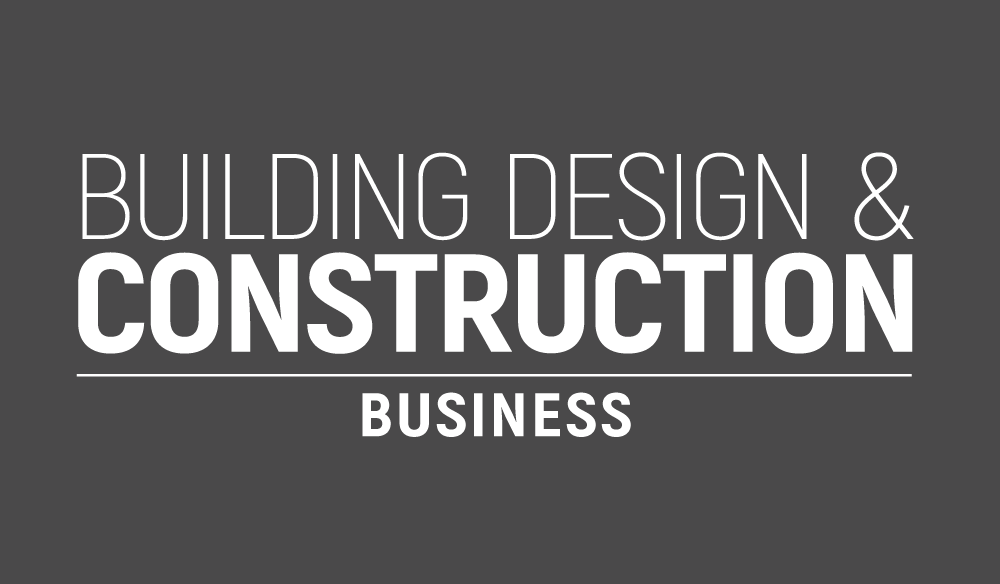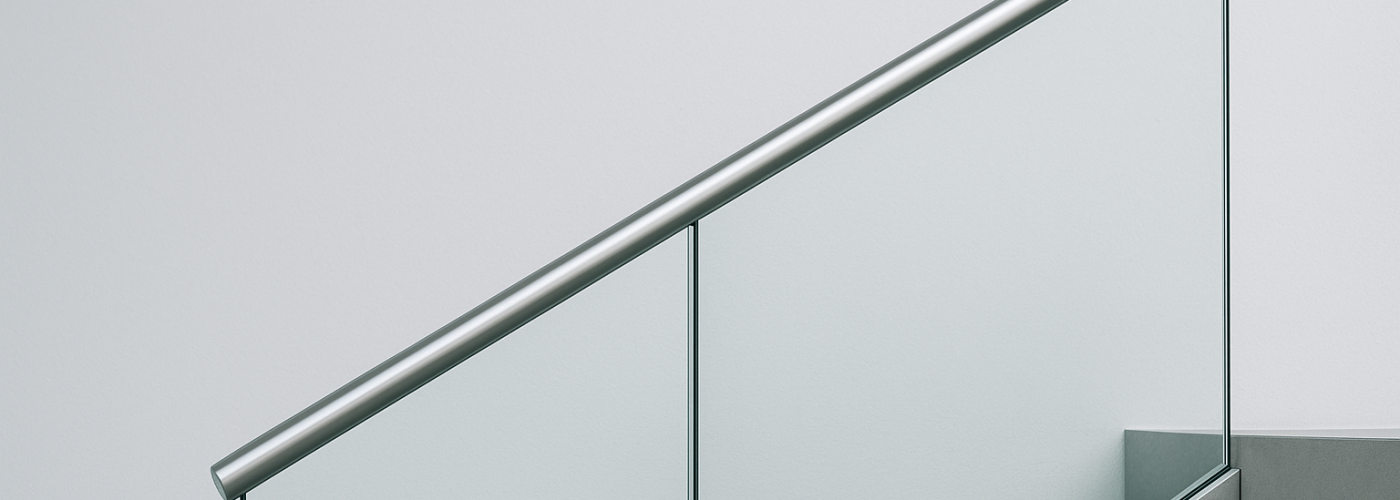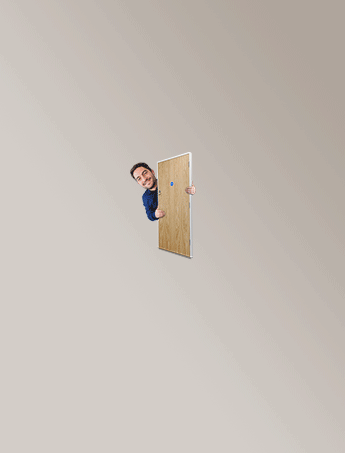Modern architecture increasingly embraces glass installations for their dual benefits: safety and aesthetic enhancement. These features are transforming spaces into open, visually appealing environments without compromising structural integrity. Understanding the latest trends and best practices is essential for architects and builders alike.
In recent years, the integration of glass elements in building projects has surged, driven by the desire for transparency and light-filled interiors. Glass installations not only contribute to a sleek, modern aesthetic but also offer vital safety measures. These installations have become a staple in contemporary design, balancing form and function effectively. The appeal of glass lies in its ability to create an illusion of openness while providing necessary barriers and support. One popular choice for achieving this balance is the use of glass balustrades, which offer both safety and style.
Balancing safety and aesthetics in building projects
When considering glass features such as railings or partitions, safety is paramount. The strength of tempered or laminated glass ensures that these installations are not only beautiful but also robust enough to withstand daily use and environmental stresses. Architects often choose glass to create uninterrupted views and seamless transitions between indoor and outdoor spaces. This approach enhances the overall user experience by providing expansive views while maintaining safety standards.
Moreover, the aesthetic versatility of glass cannot be overstated. Its ability to blend with various materials like metal or wood allows for innovative design solutions that cater to diverse architectural styles. Whether in commercial or residential settings, glass installations can elevate a space’s look while ensuring that safety is never compromised. This balance between beauty and security is crucial in designing spaces that are both inviting and practical.
The integration of glass elements requires careful planning to meet both aesthetic goals and safety regulations. Builders must consider factors such as load-bearing capacity, impact resistance, and local building codes when incorporating these features into their designs. Through thoughtful design and execution, glass can redefine spaces, adding both value and functionality.
Current trends and best practices
As architectural trends evolve, so do the applications of glass in building projects. Recent innovations have seen the rise of smart glass technologies that adjust opacity for privacy or energy efficiency at the touch of a button. This dynamic adaptation highlights the ongoing shift towards intelligent building solutions that enhance user comfort while reducing environmental impact.
Architects and builders should prioritize collaboration with experienced manufacturers to ensure high-quality installations. Best practices include thorough site assessments and customized solutions tailored to specific project needs. Emphasizing durability alongside design innovation helps create resilient structures that withstand both time and changing design preferences.
The use of sustainable materials in conjunction with glass is another emerging trend. By integrating recycled content or using energy-efficient manufacturing processes, builders can contribute to eco-friendly construction practices without sacrificing style or performance. This holistic approach not only benefits the environment but also appeals to increasingly eco-conscious consumers.
Examples of successful glass integration
Numerous successful projects showcase how effectively integrated glass elements can transform buildings. In urban residential towers, floor-to-ceiling windows provide panoramic city views while serving as barriers against wind and noise. Such examples demonstrate how strategic use of glass contributes to both aesthetic appeal and occupant comfort.
In office settings, internal glass partitions foster an open yet organized workspace that encourages collaboration without compromising privacy. These installations offer flexibility in layout changes while maintaining a sleek, professional appearance. They illustrate how modern design principles can merge practicality with visual allure.
The versatility of glass is further exemplified in educational institutions where large atriums utilize skylights to flood communal areas with natural light. This design choice not only reduces reliance on artificial lighting but also creates vibrant learning environments that inspire creativity among students.





